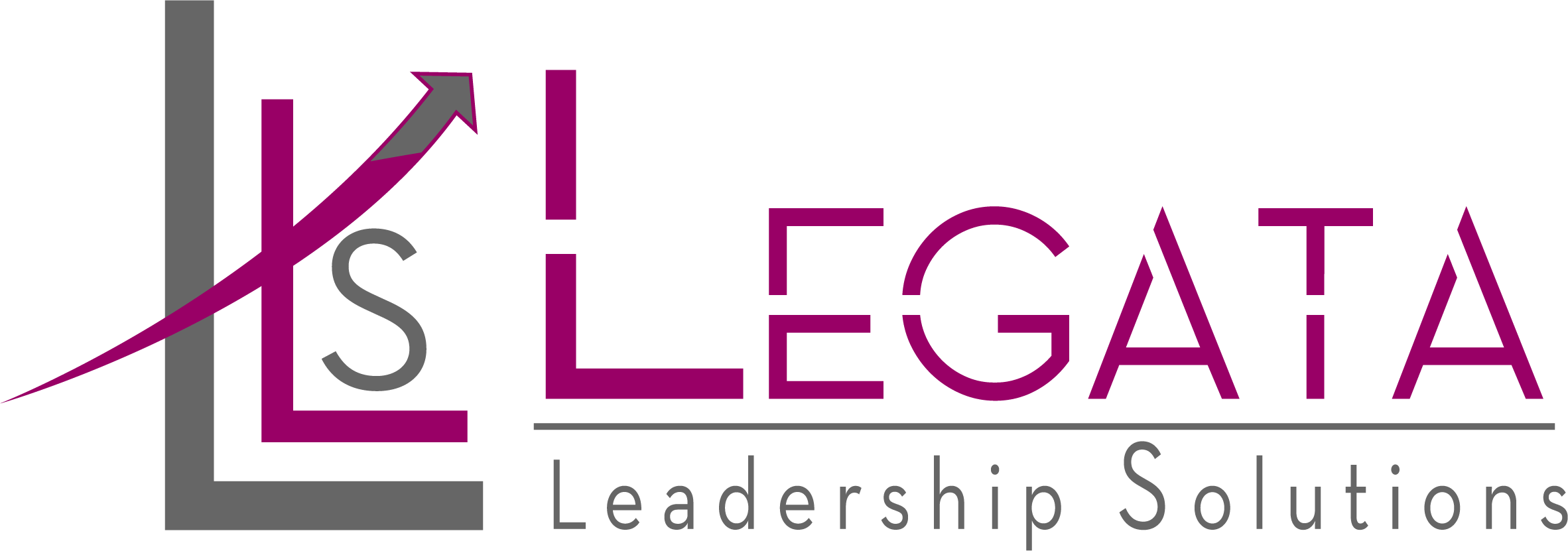With only three months left in the year, leaders are taking stock and evaluating what needs to be done to close the year strong. Whether you’re leading a P&L or a support function, you have an important role in the business, which means identifying what actions are most critical. This makes it a perfect time to reprioritize activities in order to focus only on the high-value work that drives business forward.
People prefer to do work that is most value-added and contributes to the success of the organization. Therefore, if communicated well, your team members often welcome reprioritizing as business shifts and changes.
The effort/impact matrix is a useful tool used to categorize high and low effort tasks that hold high and low impact as well. With this tool, leaders can make considerable progress by focusing on the higher impact, lower effort tasks. It can be particularly impactful to include the team in the process to align their perspective about what’s most critical, leading to greater buy-in and commitment.
Remove lower impact, higher effort tasks from the priority list and place them on the “To-Don’t” list. Having a “To-Don’t” list helps prevent time wastage with non-value-adding tasks. Regularly revisiting the “To-Don’t” list during high-pressure periods, like closing out the year, can improve productivity, time management, and decision-making.
Reprioritizing takes some time and effort. Still, it offers clarity and purpose, setting up leaders for an excellent start in the new year. By identifying what matters most, teams can stay focused and prepared to tackle new challenges that may arise.

